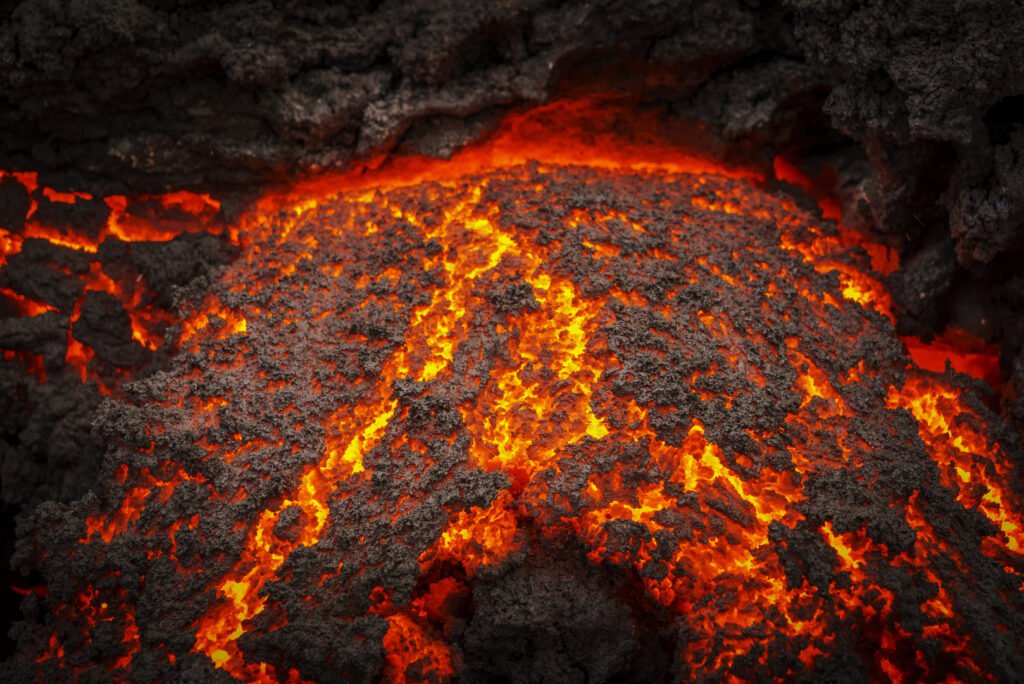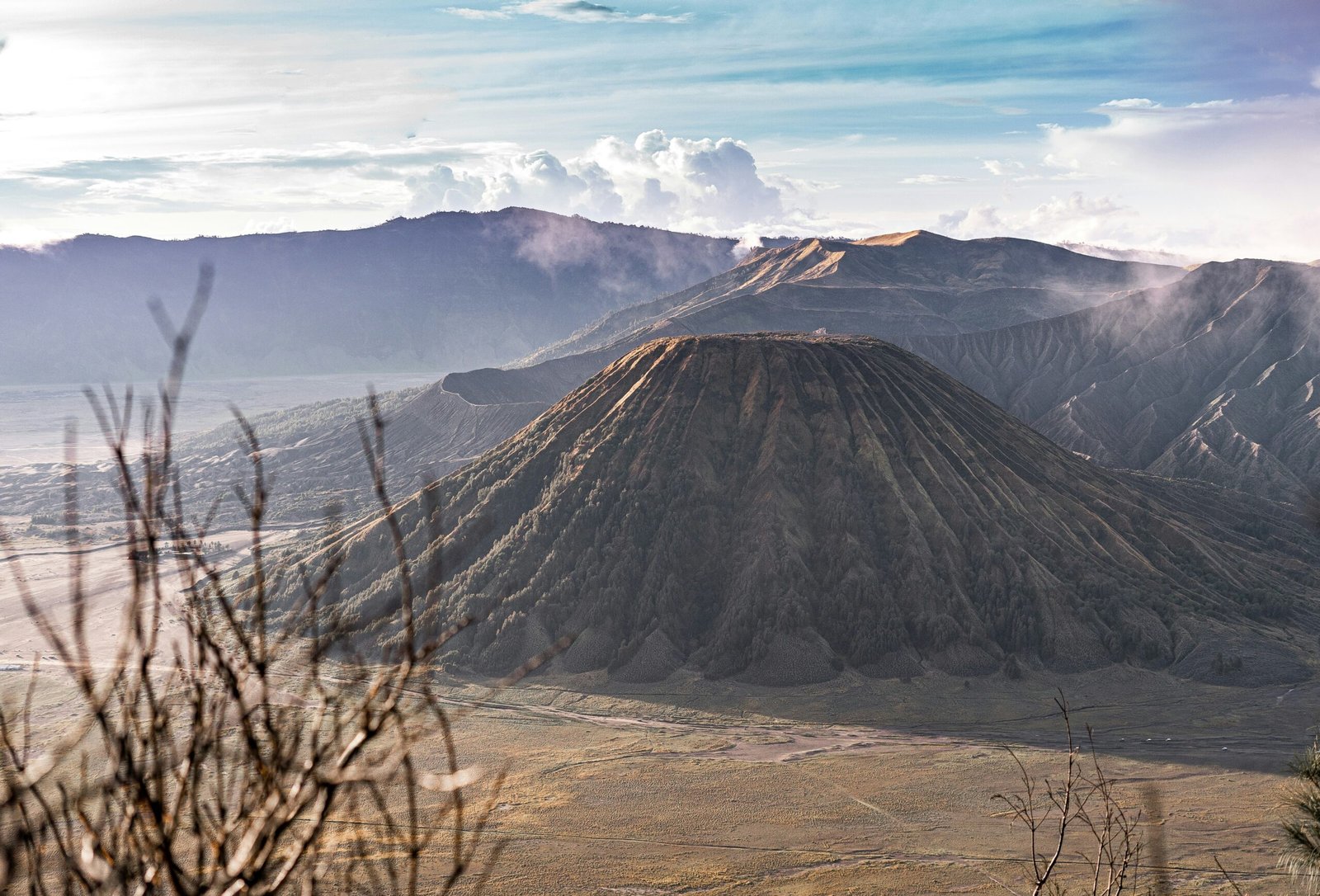Volcanoes have long fascinated scientists and adventurers alike, with their majestic yet dangerous displays of nature’s power. These geological marvels are formed through a combination of factors that contribute to their creation. In this article, we will delve into the causes of volcanoes and shed light on the scientific processes that give rise to these fiery phenomena.
Tectonic Plate Boundaries
One of the primary causes of volcano formation is the movement and interaction of tectonic plates. At points where these massive plates diverge, creating a gap or void, magma and gases can ascend to the surface, resulting in the formation of a volcano. This type of plate boundary, known as a divergent boundary, is responsible for the creation of many underwater volcanoes along the mid-ocean ridges.
Acidic Activity
In certain geological regions, the presence of acidic magma with a high viscosity plays a crucial role in volcano formation. This acidic magma has a distinct chemical composition that makes it more prone to rising to the surface. As a result, areas with this type of magma have a greater likelihood of experiencing volcanic activity and the subsequent formation of volcanoes.
Active Hotspots
Some areas of the Earth naturally have high internal heat activity, known as hotspots. Under these regions, magma accumulates and rises to the surface, leading to the formation of volcanoes. Hotspots are responsible for the creation of notable volcanic features such as the Hawaiian Islands and Yellowstone National Park.
Secondary Volcanic Activity
In some cases, a volcano can form at an old vent of a previous volcano. When a volcano erupts and volcanic activity concentrates in a specific location, a new vent can form in the same area, giving rise to a new volcano. This secondary volcanic activity contributes to the diversity of volcanoes and their distribution across the Earth’s surface.
It is important to note that the types, sizes, and intensity of volcanoes can vary significantly based on these causes and other factors. Ongoing research and studies on volcanoes are crucial in the field of geology and earth sciences to better understand these natural phenomena, improve volcanic eruption prediction, and assess their impacts on the environment and local communities.
By unraveling the causes of volcanoes, scientists can gain valuable insights into the inner workings of our planet. These geological wonders not only shape the Earth’s landscape but also have significant implications for human populations living in their vicinity. Through continued exploration and scientific inquiry, we can deepen our understanding of volcanoes and their role in shaping our world.


https://www.youtube.com/watch?v=ReOIJFFT9kw
